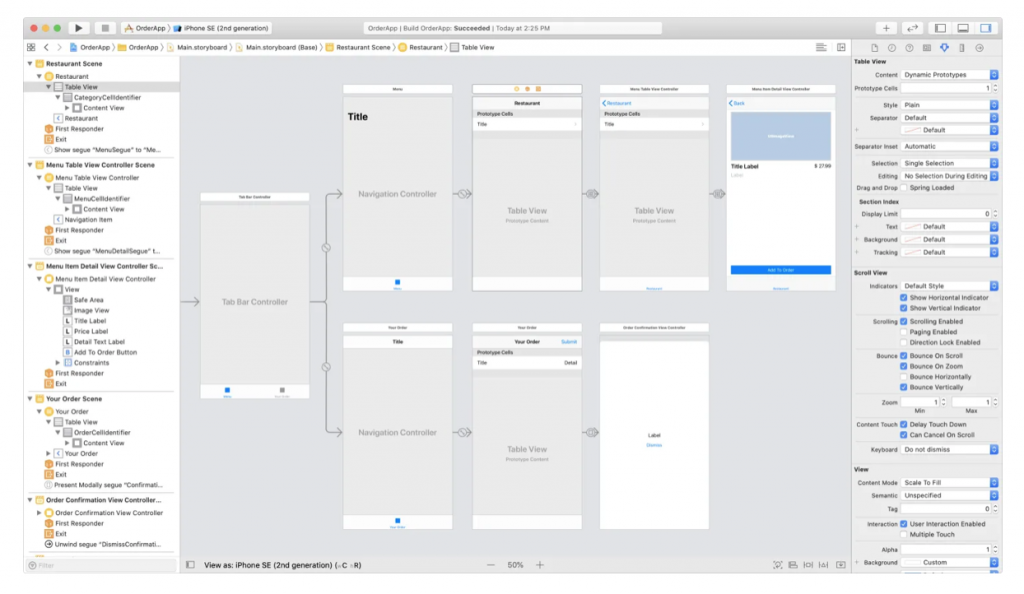

You can also use a custom annotation style to create an annotation more to your liking.įor this, replace the MapPin element with a MapAnnotation element. Map(coordinateRegion: $region, annotationItems: places) Displaying annotations as custom Annotations

The resulting map will show all places in the places array as a marker on the map, as you can see on the preview panel. For more information on Identifiable items in SwiftUI, check out Working with Identifiable items in SwiftUI.įor each place create a MapMarker view, initializing it using the place coordinates. Since the structure PointOfInterest conforms to the Identifiable protocol, you can iterate over all the array elements in the closure.
Swiftui pdfkit update#
Inside the body of the MapView, update the Map to use the places array as the source of information for the annotations in the map, assigning it to the annotationItems parameter. } Displaying annotations as markers on the map Span: MKCoordinateSpan(latitudeDelta: 0.03, longitudeDelta: 0.03)

Conveniently, they may be placed in the region, so they are immediately visible on the map once we update the view.
Swiftui pdfkit full#
To make full use of the id property, e.g.Add a computed property named coordinate that uses latitude and longitude to create a CLLocationCoordinate2D, which is commonly used in any context related to locations or maps.As properties of the struct add name of type String, latitude and longitude of type Double, and an id as of type UUID.Create a struct named PointOfInterest and import MapKit.Now create a simple model that can be used for annotations: You will be redirected to the source editor with an empty Swift file. As a name, you can use PointOfInterest.Swift and make sure the target is selected before you click "Create" to create the new Swift file. In order to add some annotations to the map, let's define a model for these annotations in a new Swift file. Displaying the Points of Interest on the Map as Markers, Pins, or custom annotations.Adding multiple Points of Interest as a property to the MapView.Create a simple model for the annotations as Points of Interest.

To make this example as easy as possible, we will do the following: To work with annotations, it makes sense to define a simple model for these annotations. private var region = MKCoordinateRegion( edgesIgnoringSafeArea(.all) modifier, the Map can be adjusted to expand over the safe area and fill the entire screen. The parameter has to be provided as a $region binding, so the map would update if the region variable changes.
Swiftui pdfkit code#
Starting with an empty Xcode project for a SwiftUI app, you can edit the ContentView.swift file with just a few lines of code to add an interactive map.
Swiftui pdfkit series#
In a series of articles, we want to share the most common use cases for maps and how they can be implemented with the latest and greatest additions to SwiftUI. Even though Maps are not yet as powerful in SwiftUI in comparison to their UIKit counterparts, basic map functionality is easy to implement in SwiftUI.


 0 kommentar(er)
0 kommentar(er)
